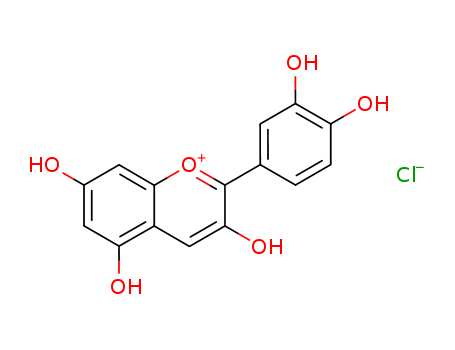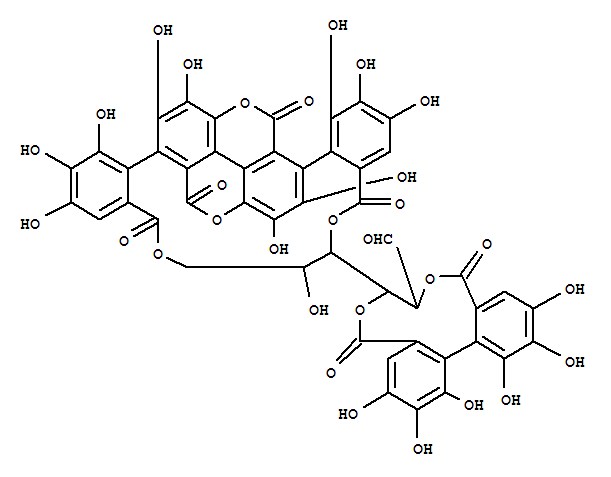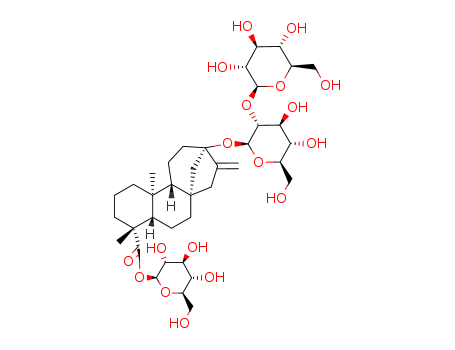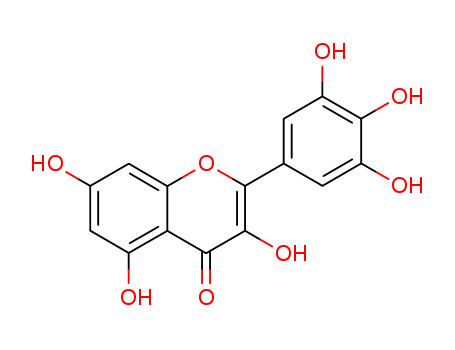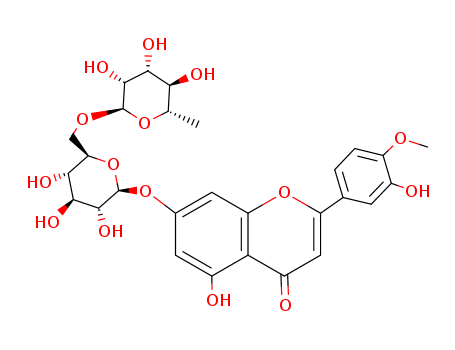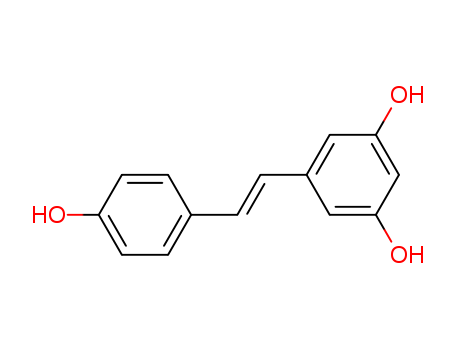Quick Details
- ProName: Cyanidin chloride
- CasNo: 528-58-5
- Molecular Formula: C15H11ClO6
- LimitNum: 0
Superiority
1. Natural plant extract
2. Purple Sweet Potato Red
3. Purple Red fine powder
4. Natural edible colorant
Natural Colors Red1. Purple…
Details
1. Natural plant extract
2. Purple Sweet Potato Red
3. Purple Red fine powder
4. Natural edible colorant
Natural Colors Red 1. Purple Sweet Potato Red2. Red Rice Red3. Red Cabbage4. Red Beet DescriptionCyanidin is a natural organic compound. It is a particular type of anthocyanidin (not to be confused with anthocyanins which are glycosides of anthocyanidins). It is a pigment found in many redberries including but not limited to grapes, bilberry, blackberry, blueberry, cherry, cranberry, elderberry, hawthorn, loganberry, acai berry and raspberry. It can also be found in other fruits such as apples and plums. It is also found in red cabbage and red onion. It has a characteristic reddish-orange color, though this can change with pH; solutions of the compound are red at pH < 3, violet at pH 7-8, and blue at pH > 11. The highest concentrations of cyanidin are found in the skin of the fruit.
Function1. Cyanidin, like other anthocyanidins, has putative antioxidant and radical-scavenging effects which may protect cells from oxidative damage and reduce risk of cardiovascular diseases and cancer. 2. One theory is that dietary intake of cyanidins may inhibit development of obesity and diabetes as well as contain inflammatory mechanisms. 3. Other studies have generally shown that the glucoside derivative of cyanidin may have a role in cancer therapy.
1. Natural plant extract
2. Purple Sweet Potato Red
3. Purple Red fine powder
4. Natural edible colorant
Natural Colors Red 1. Purple Sweet Potato Red2. Red Rice Red3. Red Cabbage4. Red Beet DescriptionCyanidin is a natural organic compound. It is a particular type of anthocyanidin (not to be confused with anthocyanins which are glycosides of anthocyanidins). It is a pigment found in many redberries including but not limited to grapes, bilberry, blackberry, blueberry, cherry, cranberry, elderberry, hawthorn, loganberry, acai b1. 1. Natural plant extract2. Purple Sweet Potato Red3. Purple Red fine powder4. Natural edible colorant
Natural Colors Red 1. Purple Sweet Potato Red2. Red Rice Red3. Red Cabbage4. Red Beet DescriptionCyanidin is a natural organic compound. It is a particular type of anthocyanidin (not to be confused with anthocyanins which are glycosides of anthocyanidins). It is a pigment found in many redberries including but not limited to grapes, bilberry, blackberry, blueberry, cherry, cranberry, elderberry, hawthorn, loganberry, acai berry and raspberry. It can also be found in other fruits such as apples and plums. It is also found in red cabbage and red onion. It has a characteristic reddish-orange color, though this can change with pH; solutions of the compound are red at pH < 3, violet at pH 7-8, and blue at pH > 11. The highest concentrations of cyanidin are found in the skin of the fruit.
Function1. Cyanidin, like other anthocyanidins, has putative antioxidant and radical-scavenging effects which may protect cells from oxidative damage and reduce risk of cardiovascular diseases and cancer. 2. One theory is that dietary intake of cyanidins may inhibit development of obesity and diabetes as well as contain inflammatory mechanisms. 3. Other studies have generally shown that the glucoside derivative of cyanidin may have a role in cancer therapy.


